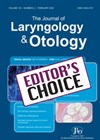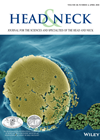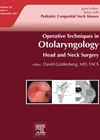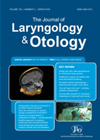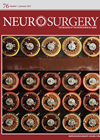
Journal Reviews
Modifying two-week wait protocol for suspected head and neck cancer patients during COVID-19
As healthcare workers, we are committed to ensuring that our patients continue to receive the optimum care that we are set up to deliver. However, the last year has shown that we need to be mindful of balancing this with...
The rise of AI in the head and neck clinic
There has been a huge focus in recent months on the rise of artificial intelligence (AI) in all aspects of modern life, and the head and neck clinic is no exception it appears. This paper builds on previous work to...
Radiology and paediatric neck lumps
This is a comprehensive article examining the modalities available for children presenting with suspected congenital neck lumps. Each modality is explained in turn, with pros and cons highlighted, but also in the context of the emergency patient and the elective....
MRI evaluation to assess the role of frusemide in reducing endolymphatic hydrops
Endolymphatic hydrops is generally considered to be a marker in Ménière’s disease and frusemide is used with the purpose of reducing it and improving symptoms. With the use of MRI, the authors have used the phenomenon of non-enhancing endolymphatic structures...
Choosing Wisely!
This article focuses on the prickly topic of healthcare costs and specifically on reducing spending on neuroimaging for headaches. Epidemiological studies indicate that the prevalence of lifetime headaches is 93 to 99% and accounts for 1.5% of all primary care...

